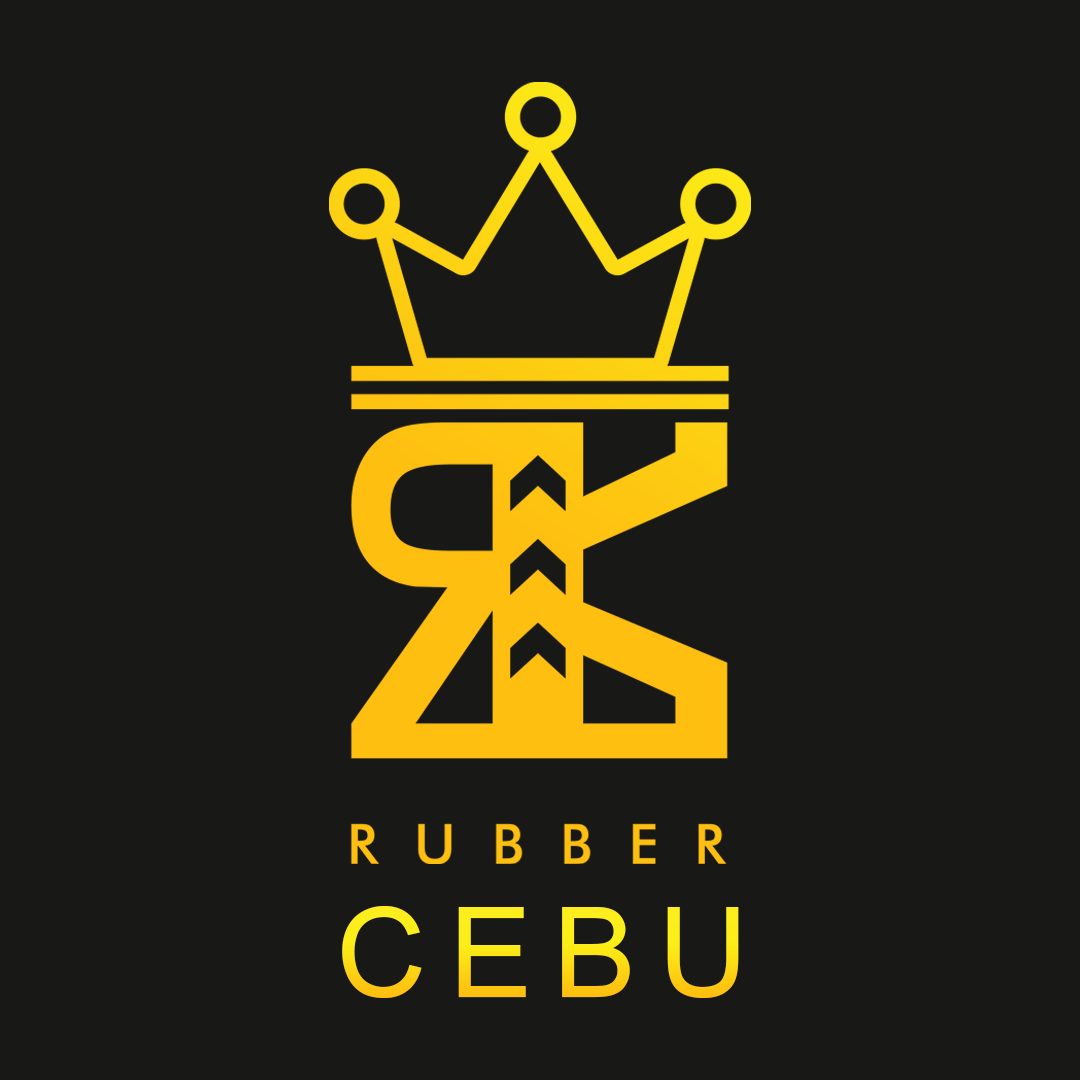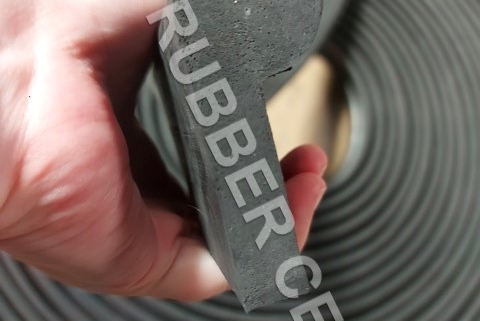Rubber Profile Supplier in Cebu City
In Cebu City, the demand for high-quality rubber profiles continues to rise, driven by the growth of key industries such as automotive and construction. As a result, manufacturers are seeking reliable suppliers that can provide customized rubber solutions to meet their specific needs. RK Rubber Cebu, a prominent rubber profile supplier in the region, has established itself as a trusted partner for businesses requiring precision-engineered rubber profiles. However, with numerous suppliers emerging in the market, what sets RK Rubber apart from its competitors, and what benefits can businesses expect from partnering with a reputable local supplier?
Key Points
- RK Rubber Cebu offers custom-made rubber profiles for automotive, construction, and industrial applications.
- Our rubber profiles provide excellent sealing properties, chemical resistance, and noise reduction.
- RK Rubber Cebu ensures material compatibility and optimal performance for tropical climate conditions in Cebu City.
- Local manufacturing reduces lead times, transportation costs, and enhances quality control for our rubber profiles.
- RK Rubber Cebu is a trusted supplier committed to delivering high-quality rubber profiles and exceptional service.
Types of Rubber Profiles
In various industrial, commercial, and residential applications, rubber profiles come in different types, each designed to cater to specific requirements. Two primary types of rubber profiles are extruded profiles and molded profiles. Extruded profiles are created by forcing uncured rubber through a die, resulting in continuous shapes with uniform cross-sections. This process is ideal for producing long, linear profiles with consistent dimensions. Molded profiles, on the other hand, are produced using compression or injection molding techniques, allowing for complex shapes and precise dimensions.
Proper selection of the right type of rubber profile is crucial for performance optimization. By understanding the unique characteristics of each type, manufacturers can choose the most suitable material and production method for their specific application. Material selection also plays a significant role in minimizing costs associated with premature failure or replacement. By balancing flexibility and durability, manufacturers can create rubber profiles that meet the demanding requirements of various industries. This, in turn, enhances the overall performance and efficiency of the application, making rubber profiles an essential component in many industrial, commercial, and residential settings.
Uses of Rubber Strips
Characterized by their versatility and diverse applications, rubber strips play a vital role in various industrial, commercial, and residential settings. In the industrial sector, rubber strips are widely used in sealing solutions, providing airtight and watertight seals in machinery, equipment, and vehicles. They are also used in vibration dampening applications, reducing noise and shock in industrial environments.
In commercial settings, rubber strips are used in door and window seals, providing weatherproofing and insulation. They are also used in flooring, reducing noise and vibration in high-traffic areas. In residential settings, rubber strips are used in various applications, including window and door seals, flooring, and soundproofing.
Rubber strips are also used in various industrial applications, such as conveyor belts, drive belts, and transmission belts. They are also used in construction, providing sealing solutions for buildings and bridges. With their excellent sealing properties, vibration dampening capabilities, and resistance to harsh environments, rubber strips are an essential component in many industries in Cebu City and surrounding areas. Their versatility and reliability make them a popular choice among manufacturers and suppliers.
Choosing the Right Material
When selecting a rubber profile for a specific application, manufacturers and suppliers must consider various factors that influence the choice of material. Material compatibility is crucial, as it ensures the rubber profile can withstand the environmental conditions and interact with other components without adverse effects. In Cebu City, where the climate is tropical and humid, rubber profiles must be resistant to extreme temperatures, UV rays, and moisture.
Another critical factor is environmental impact. Rubber profiles should be made from sustainable materials and manufacturing processes that minimize waste and emissions. This consideration is particularly important for industries that prioritize eco-friendliness and social responsibility.
Cost analysis is also essential in choosing the right material. The cost of the rubber profile must be balanced with its performance, durability, and maintenance requirements. A cost-effective option may not always be the best choice if it compromises on quality and longevity. By carefully evaluating these factors, manufacturers and suppliers can select the most suitable rubber profile for their specific application, ensuring optimal performance, sustainability, and cost-effectiveness.
Benefits of Rubber Profiles
Rubber profiles offer numerous benefits that make them a preferred material in various industries, particularly in Cebu City where extreme temperatures and humidity can be challenging. Their flexibility and elasticity enable them to withstand harsh conditions and maintain their original shape, making them ideal for industrial applications such as sealing, vibration damping, and insulation. One of the primary sustainability advantages of rubber profiles is their ability to reduce noise and vibrations, resulting in a more comfortable and safe working environment.
In addition, rubber profiles can be custom-made to meet specific requirements, providing tailored solutions for various industries. Their chemical resistance and durability make them suitable for use in harsh environments, extending their lifespan and reducing replacement costs. Furthermore, rubber profiles offer excellent sealing properties, making them essential in industries where leak prevention is critical. Overall, the benefits of rubber profiles make them a valuable material in various industries, particularly in Cebu City where sustainability and durability are crucial. By choosing the right rubber profile, businesses can ensure optimal performance and efficiency in their operations.
Rubber Profile Maintenance Tips
Effective maintenance of rubber profiles is crucial for extending their lifespan and ensuring optimal performance in various industrial applications, particularly in the tropical climate of Cebu City. Regular inspections are essential to detect any signs of wear or damage, allowing for prompt repairs or replacements to prevent further deterioration. Cleaning the rubber profiles regularly with mild soap and water is also recommended to remove dirt and debris that can compromise their sealing performance.
Proper storage conditions should also be maintained to prevent deformation or cracking of the rubber profiles. Avoid exposing them to direct sunlight or extreme temperatures, and ensure that they are stored in a dry, well-ventilated area. Maintenance frequency should be based on the specific application and environmental conditions, with high-risk applications requiring more frequent inspections and maintenance.
Why Choose RK Rubber Cebu
At the forefront of the rubber profile industry in Cebu City, RK Rubber Cebu has established itself as a trusted supplier of high-quality rubber profiles tailored to the unique needs of local industries. By choosing RK Rubber Cebu, clients gain access to custom rubber solutions that cater to their specific requirements, whether it’s for automotive sealing, construction weatherproofing, or industrial gaskets. Our expertise in rubber profile applications enables us to provide innovative solutions that enhance efficiency, durability, and performance.
As a local manufacturer, RK Rubber Cebu offers distinct advantages, including reduced lead times, lower transportation costs, and enhanced quality control. Our proximity to clients in the Visayas and Mindanao regions enables us to respond promptly to their needs, ensuring timely delivery of high-quality rubber profiles. By partnering with RK Rubber Cebu, clients can leverage our technical expertise, local manufacturing capabilities, and commitment to excellence to drive their businesses forward. Whether you require custom rubber profiles or standard products, we are dedicated to delivering exceptional quality, reliability, and service.
Frequently Asked Questions
What Is the Standard Thickness of Rubber Profiles?
Rubber profile thickness measurement standards vary, typically ranging from 1-50 mm, depending on specific applications and material durability factors, such as automotive sealing, construction weatherproofing, and industrial gaskets, adhering to SAE and ASTM guidelines.
Can I Get Custom-Colored Rubber Profiles?
Custom rubber options are available, enabling clients to match specific colors through our rubber color matching services. Profile design considerations ensure optimal functionality, with our technical team assisting in selecting suitable colors for desired applications.
Do You Offer Free Shipping Within the Philippines?
We provide shipping options within the Philippines, covering Visayas and Mindanao Regions, with order tracking available. However, free shipping is not standard; rates vary depending on the destination and delivery region.
How Long Does It Take to Deliver Rubber Profiles?
Delivery timeframes for rubber profiles vary based on shipping options and locations. Typically, in-transit times range from 1-5 business days within the Visayas and Mindanao Regions, with order tracking available via email updates and SMS notifications.
Is a Minimum Order Required for Rubber Profiles?
For optimal purchasing, suppliers often require a minimum order for rubber profiles, offering benefits like bulk pricing and streamlined logistics; understanding these terms and negotiating bulk purchasing options can lead to cost-effective procurement strategies.
Conclusion
In conclusion, RK Rubber Cebu’s expertise in providing high-quality rubber profiles caters to the diverse needs of various industries in Cebu City. With a focus on automotive sealing, construction weatherproofing, and industrial gaskets, the company delivers customized rubber solutions that enhance efficiency and performance. Local manufacturing advantages enable reduced lead times and superior quality control, making RK Rubber Cebu a preferred supplier of rubber profiles in the region.

